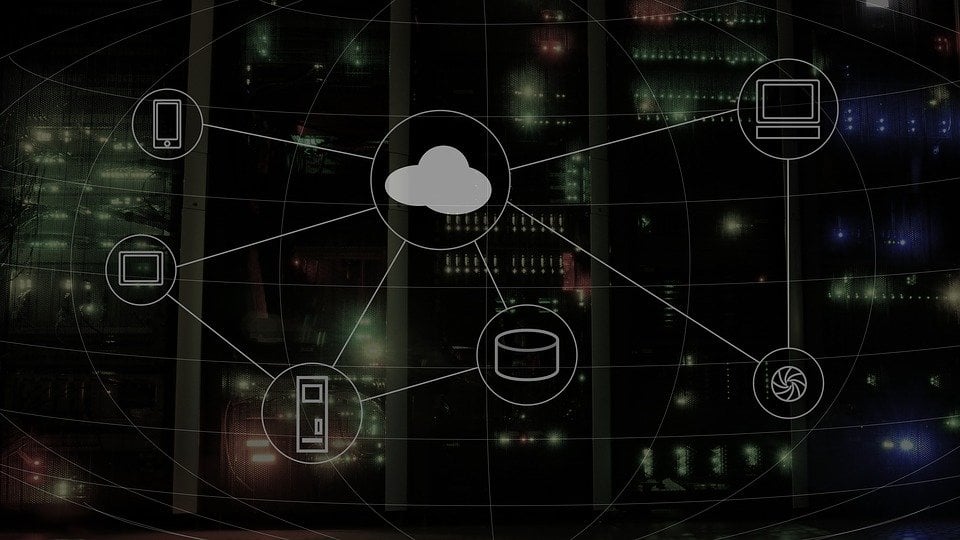
In today's always-online world, the security of digital platforms is more crucial than ever. The rise of cloud technology has brought about many challenges for businesses trying to keep their digital resources safe. High-profile security breaches are a reminder of the importance of robust defense mechanisms. One significant aspect of this defense is access management—which determines who can access what within cloud platforms. To streamline this process, technologies like single sign-on (SSO) and multifactor authentication (MFA (News - Alert)) are becoming increasingly important for modern businesses. Understanding the intricacies of authentication protocols is essential, and the oidc vs saml debate is a crucial part of this.
Streamlining the digital workspace with efficient sign-on systems
Imagine walking into a building where, instead of presenting credentials at every door you pass, you're given a master key. That's the convenience SSO offers in the digital world. It lets users log in once and access multiple systems without re-entering their credentials. This approach is a godsend for employees juggling multiple accounts, helping combat the ever-present scourge of password fatigue and boosting productivity. By fostering a seamless user experience, SSO not only simplifies access but also makes it faster and more streamlined, enhancing overall business efficiency.
Organizations that have embraced cloud technologies know that an optimal balance between security and convenience is crucial for a productive work environment. By implementing single sign-on systems, companies can offer their staff a frictionless way to navigate the increasingly complex world of digital resources. This ease of access not only empowers the workforce but also minimizes the risks associated with managing multiple sets of credentials, where each additional password is a potential entry point for security threats.
The imperative for strong login protocols in safeguarding online resources
Without strong login protocols, the gate to your digital kingdom stands ajar, inviting trouble. Weak or compromised credentials can lead to unauthorized access and potentially catastrophic data breaches. And with such breaches becoming more commonplace, enforcing robust login security has never been more critical. MFA can help combat this, but What is MFA? MFA requires multiple proofs of identity before granting access, which adds an extra layer of protection that will help individuals combat data breaches. Through techniques such as using a smartphone app for confirmation or receiving a one-time code, MFA ensures that even if a password is compromised, the risk of a breach remains minimal.
As the sophistication of cyber-attacks continues to escalate, businesses must stay ahead with equally advanced security measures. Crafting a fortress of digital protection involves not only staying abreast of the latest security trends but integrating them into the very fabric of the organization’s access management policies. The true strength of a login system lies in its ability to deter threats while maintaining a streamlined access process for authenticated users.
The transformation of identity verification within cloud platforms
Gone are the days when a simple username and password sufficed for identity verification. Cloud-based solutions now offer more sophisticated strategies to ensure the person logging in is who they claim to be. From biometric scans to smart cards, the methods have not only advanced technologically but also in their ability to provide greater security. This transformation isn't just about keeping unauthorized users out—it's also about creating a streamlined experience for legitimate users, proving that enhanced security can go hand-in-hand with user convenience.
Harvesting the benefits of cloud services for improved authentication
Real-world applications demonstrate the effectiveness of cloud services in refining the authentication process. For instance, consider a healthcare provider who manages sensitive patient data across different platforms. By integrating a cloud-based authentication service, they ensure secure, swift access to medical records without compromising patient confidentiality. Let's not forget the scalability advantage—these solutions grow with your business, adjusting to the ebb and flow of demand, which makes them fit for organizations of all sizes.
Decoding the technical jargon: understanding identity protocols
When delving into the world of cloud security, terms like 'oidc vs. saml' tend to pop up quite a bit. OpenID Connect (OIDC) and Security Assertion Markup Language (SAML) are two protocols used for identity verification. OIDC is a newer protocol built on top of the widely-used OAuth 2.0 framework, designed specifically for web-based authentication. SAML, on the other hand, is an older standard used primarily for exchanging authentication and authorization data between parties. Both have their strengths and ideal use cases, and understanding which to use can be pivotal in different situations. For example, OIDC may be preferred for newer applications focusing on mobile and web. At the same time, SAML might be the choice for enterprise-level legacy systems that require a robust and established protocol.
The importance of choosing the right identity and access management solution
Selecting the right identity and access management provider is not a task to be taken lightly. It can be the difference between a fortress and a facade. When evaluating options, it's essential to consider compatibility, ease of use, security features, and whether the solution evolves with the latest industry standards. The impact of such a choice is far-reaching, affecting everything from regulatory compliance to the user experience. Choose wisely, and your business can enjoy the manifold benefits of a secure, efficient system that not only protects your assets but also fosters an environment of trust and ease for all users.




